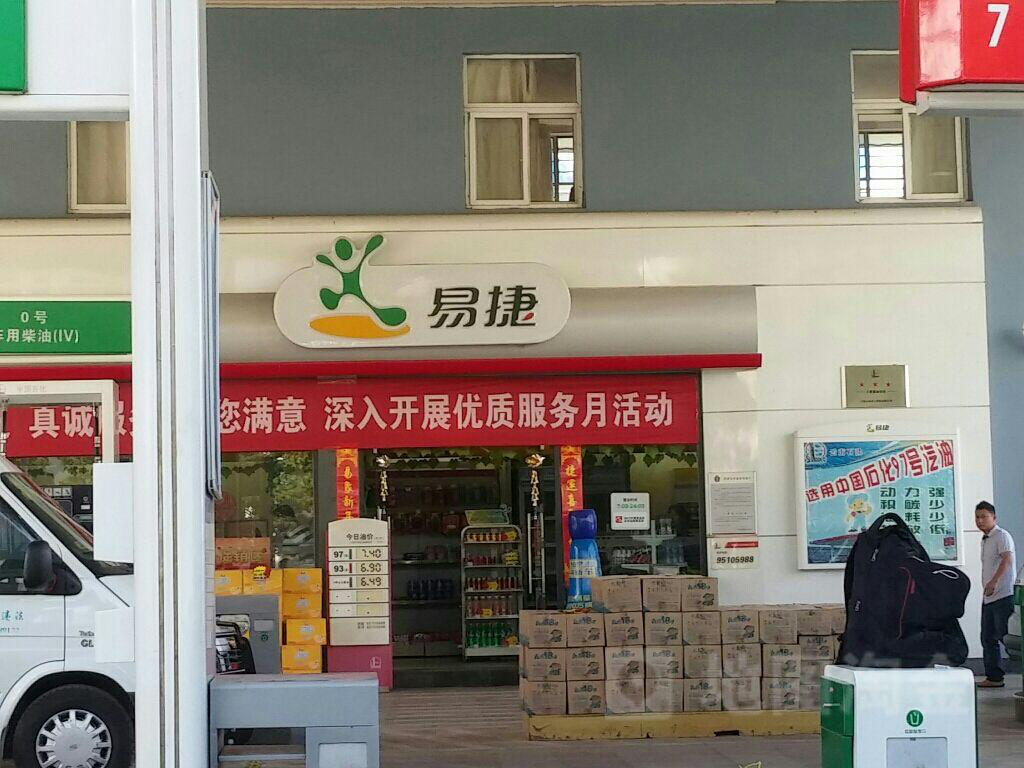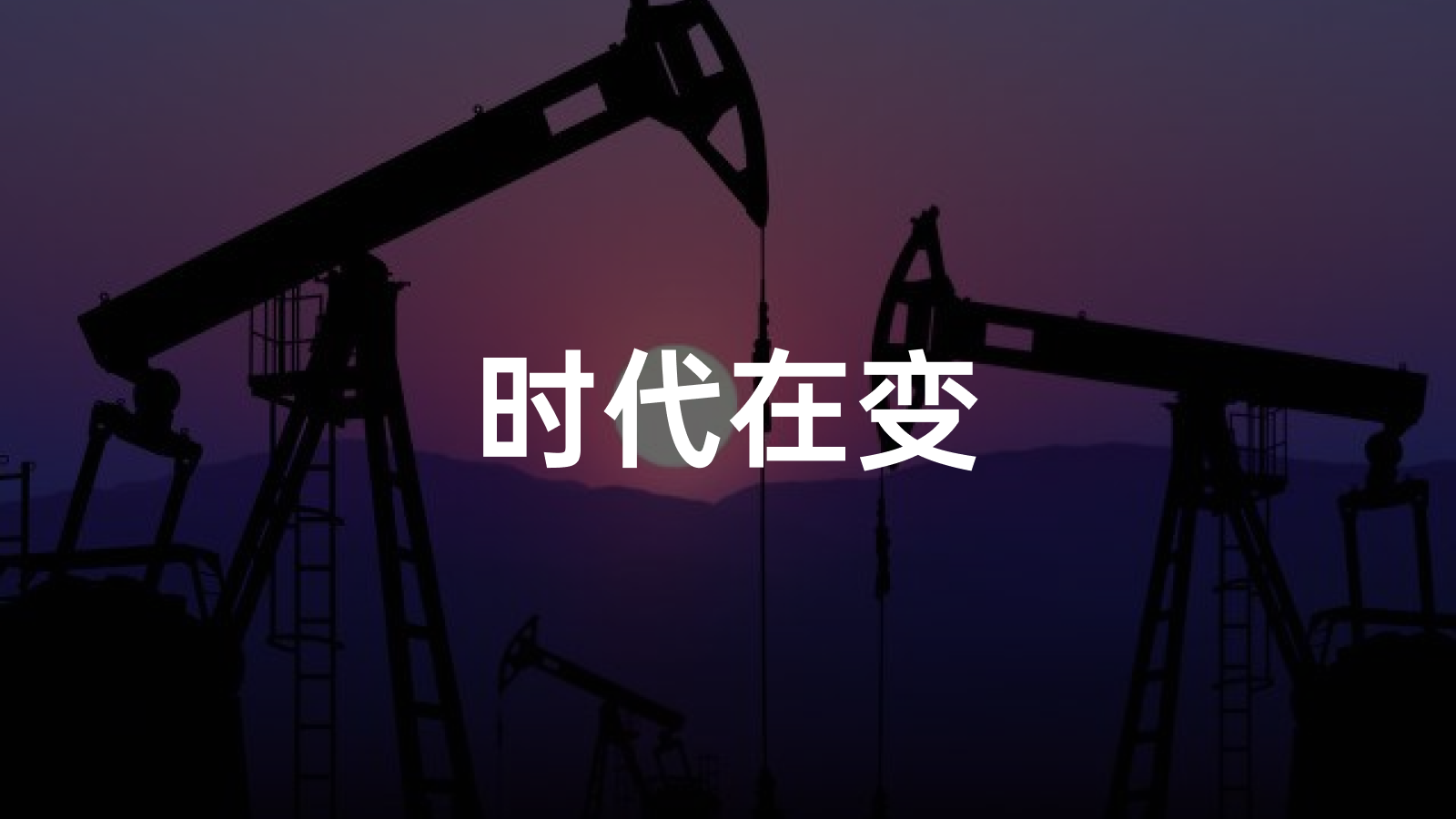In 2017, the CEO of Royal Dutch Shell, Ben van Beurden, excitedly told the media that he had just bought a Mercedes-Benz S-Class, a plug-in hybrid model, to showcase his concern for global warming and his support for electric cars, hydrogen fuel cars, and natural gas cars. This kind of statement, coming from an oil company executive, might seem surprising, but Shell had already begun installing ten 50 kW electric vehicle fast-charging stations in some of its petrol stations in the UK in September of the same year.
With the rapid development of electric vehicles, Shell built a large-scale wind farm in the Netherlands last year and announced the postponement of plans to develop new oilfields in the Gulf of Mexico and the North Sea, while BP announced even more drastic measures, stating that it would no longer explore for oil in any new country.
The transition of oil giants raises the question of what caused it to happen and what happened behind the scenes. Despite the rapid development of electric vehicles, the number of petrol cars in use is still enormous.
Since buying an electric vehicle, I went to petrol stations a few times last year, as petrol stations are still the most convenient place to find toilets and convenience stores when driving on the road.
It is worth mentioning Easyjoy, a convenience store owned by China Petroleum and Chemical Corporation (Sinopec). For a long time, I did not know the brand name of this convenience store, as its service level was not much different from that of a street corner grocery store, especially at highway service areas.
However, this “mudslide” of the convenience store industry has become the largest convenience store chain in China, with 27,699 stores as of July 2020, according to Sinopec’s public information. In 2008, Sinopec officially established the non-oil business department, with Easyjoy as its core.The total revenue of Sinopec’s non-oil businesses was 1.1 billion yuan in the year of its establishment. However, with the rapid growth of its store volume in the next ten years, the annual revenue of Sinopec’s non-oil business reached 51.95 billion yuan in 2017. In the same year, in the annual financial report of Yonghui Supermarket, the “food and supplies” and “fresh processing” business sectors accounted for 90.99% of the annual revenue, which was only 53.313 billion yuan. Do you still think Easy Joy is just a “small convenience store”?
In the following years, according to the full-year financial report released by Sinopec in 2019, “Other income” was as high as 65.705 billion yuan, accounting for 2.22% of the total revenue, but this growth momentum “braked” last year. Due to the impact of the epidemic, Sinopec’s annual “other income” in 2020 was reduced to 56.528 billion yuan, but its proportion in the overall revenue further increased to 2.67%. From the trend, non-oil businesses will become an important part of the revenue growth of oil companies in the near future.
At the recent signing ceremony of the strategic agreement between NIO and Sinopec, Li Bin also mentioned that the revenue and profit of non-oil businesses in European and American oil and energy companies are higher than those of domestic companies. Therefore, domestic oil companies urgently need to expand their non-energy businesses because there is a natural intersection between gas stations and fuel car users. How to make good use of this fragment of time has always been a problem that oil companies need to break through.
This can also be seen from the importance that Sinopec attaches to Easy Joy. Just like although Sinopec is a “steel steel” state-owned enterprise, its ability to innovate is beyond my understanding of state-owned enterprises, especially in Easy Joy convenience stores.
Last year, Sinopec launched a “gas station shopping” service in cooperation with Hema Fresh. Users can select the vegetables they want to buy on the Easy Joy refueling app and drive to the gas station the next day. The staff will put the vegetables in the trunk of the car, and the user can enjoy a “no need to get off the car, no need to open the window” experience throughout the process. Of course, people have to eat every day, but they don’t have to refuel every day.
Therefore, Sinopec also cooperates with Dada and Meituan, launching a service that delivers goods within 3 kilometers in one hour in the Beijing area. Users still place orders through the Easy Joy refueling app, and the courier will deliver the goods directly to their door. These methods of monetizing traffic through the Easy Joy refueling app all look like “Internet plays”. Is this still the oil company you know?
Therefore, oil companies actually value “traffic” more than we think.
Don’t fight against trafficThe reason why EasyJoy is the “mudslide” of the convenience store industry is because its tactics are completely different from those of other convenience stores, because while all other convenience stores are moving towards “refinement”, EasyJoy remains so “rough and unrestrained”. Just like EasyJoy coffee, the environment it provides is not as spacious and elegant as Starbucks.
This is because oil companies are very clear that their “primary business” is still filling cars with oil, or in other words, supplementing vehicles. Because no one thinks it’s pleasant to drink coffee next to a gas station for one or two hours, the “refinement” route is not suitable for oil companies. Efficiency and convenience are more important here. Therefore, when a large group of people drive their huge “shopping carts” to a gas station, how to quickly load the mineral water and rice stacked in the gas station into our “shopping carts” is the key point that oil companies need to consider.

But all of this is based on “you have to come to the gas station”. With the rapid development of electric vehicles, every sale of an electric vehicle means that the connection between one user and a gas station becomes more distant. In March this year, the proportion of new energy vehicle sales exceeded 10%, and the industry generally believes that this is an important turning point in history. Perhaps in the following time, the popularity of electric vehicles will further accelerate.
In addition, countries around the world have generally formulated timetables for banning the production of fuel vehicles. For oil companies, transformation is inevitable. And the risk among them is “who will be the mainstream energy in the future”, so now most oil companies have taken the same path, that is, from a single supply of finished oil to the route of supplying multiple energy sources.
Among them, electric energy, hydrogen energy, and natural gas resources are all places where oil companies need to focus their efforts. Due to the impact of the strict carbon emission trading in Europe, BP announced last year that it plans to invest $5 billion annually in the renewable energy business segment over the next decade, while reducing oil and gas production by 40%. In Europe, this revolution has already begun.
As giants of the oil industry, Shell and BP are trying to reposition themselves in this era of change, transforming their image from an oil drilling company to a power company focused on environmental protection.
In China, Sinopec has also taken the lead in implementing landing actions. At the Traffic and Energy Transformation Industry Seminar held in Beijing yesterday, Zhang Yuzhuo, Chairman of Sinopec, said that they are accelerating the transformation to new energy and plan to build 1,000 hydrogen refueling stations or oil-hydrogen hybrid stations, 5,000 charging and swapping stations, and 7,000 distributed photovoltaic power generation sites by 2025.I thought that when I bought an electric car, I could say goodbye to oil companies forever. However, from the current development trend, there are still many opportunities to enter gas stations in the future.
One thing that is somewhat confusing is that although the development and manufacturing of refined oil products have had many years of history, the huge scale makes the cost of the industry chain very low. In the short term, the revenue and profits from the electric energy sector for oil companies are definitely not as good as those from the oil sector. So why is the transformation already underway?
Don’t go against capital
I really like a quote from Nathaniel Hawthorne, a famous American writer, who said, “There is no firmness in doing good or evil in human nature, except on the scaffold.”
The capital market is always prescient. In 2020, the market value of electric vehicle companies has grown rapidly, and this is due to the value consensus of primary market investors. As capital favors electric cars, large amounts of funds are also withdrawn from oil stocks. In the past few years, oil stocks, which were once the backbone of the stock market, have experienced several fluctuations. Especially during the pandemic period, the overly single revenue structure of oil companies affected investors’ confidence.
Claudio Descalzi, CEO of Eni Group in Italy, once bluntly said, “In the past six years, there has been extreme volatility in our oil commodity demand. We hope to establish a business increasingly based on green energy rather than oil, which can keep us away from those volatility and uncertainties.”
Michele Della Vigna, head of Natural Resources Research for Europe, the Middle East, and Africa at Goldman Sachs, said in an interview with CNBC in 2019 that major oil companies have already allocated half of their budgets to low-carbon businesses such as natural gas, and they are doing so under pressure from management and shareholders.
For a listed company, no one wants their company to be “shorted” by the capital market. Therefore, under the pressure of high-pressure policies from the government and urging from the capital market, the transformation of oil companies has to enter an accelerated period.
But as mentioned above, for oil companies, the profit from supplying electricity is much lower than the profit from drilling oil and gas. Therefore, clean energy such as hydrogen, wind, and solar energy may become the new darlings of oil companies. Because in Europe with strict carbon emissions, this can generate more predictable and stable income.
In addition, in the process of transformation, oil companies still insist that it is necessary to invest in oil and gas. This is because the lower costs of oil and gas can bring more profits to the company, and these profits are an important foundation for their future development of other clean energy sources.
ConclusionAt the Transportation and Energy Transformation Industry Seminar held in Beijing yesterday, XPeng He, CEO of XPENG Motors, stated that the future transportation mode will inevitably break away from the current energy application mode, with electricity becoming the main supply source in the transportation sector.
For China, this is a good opportunity to research and develop the next generation of energy supply, improve the operation and development mode based on new energy supply forms, and contribute to achieving China’s goal of peaking carbon emissions by 2030 and achieving carbon neutrality by 2060.
The development of intelligent vehicles will also bring significant changes to the gas station model. For example, we may see autonomous electric vehicles driving to Sinopec’s battery swapping station on unmanned roads at night.
Time goes by silently, and the changing times always sneak up on us. Fortunately, we have the opportunity to witness history in our generation.
This article is a translation by ChatGPT of a Chinese report from 42HOW. If you have any questions about it, please email bd@42how.com.
